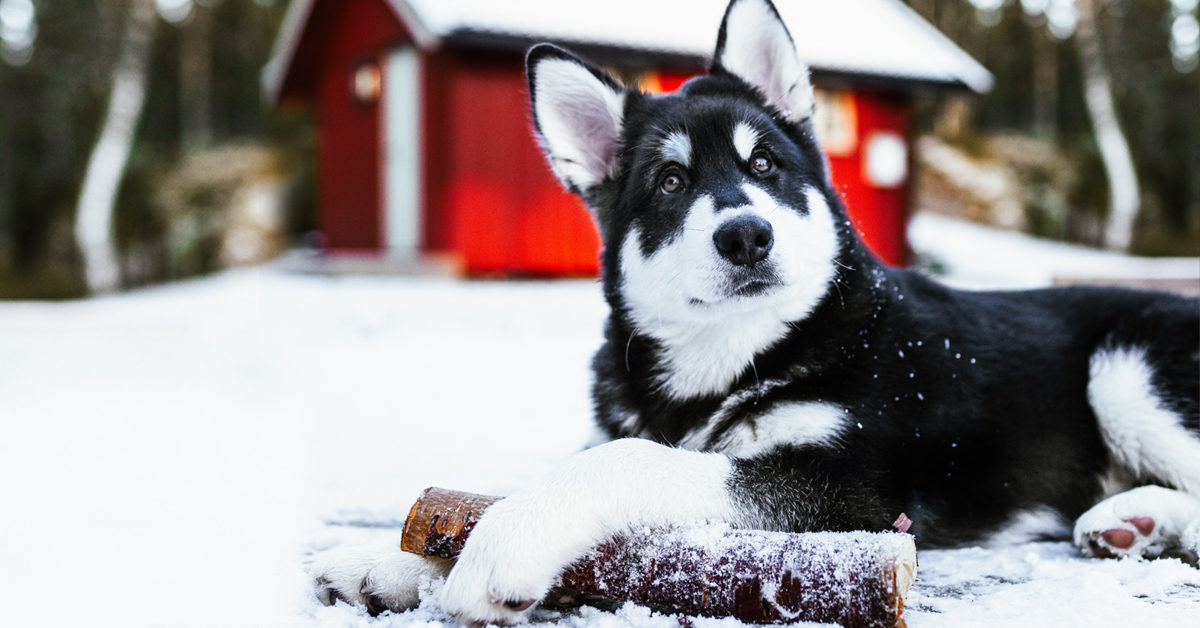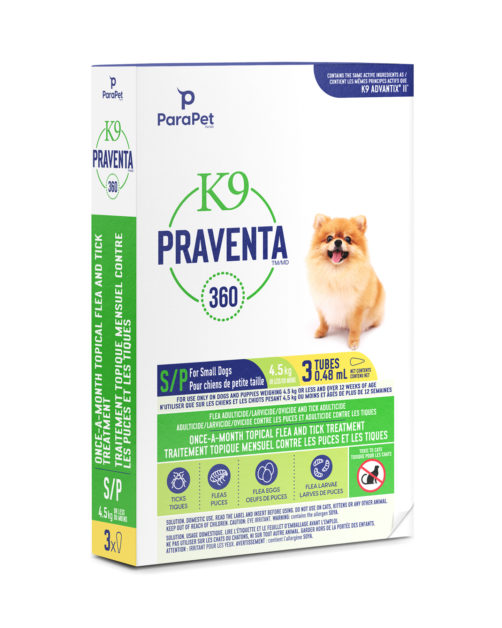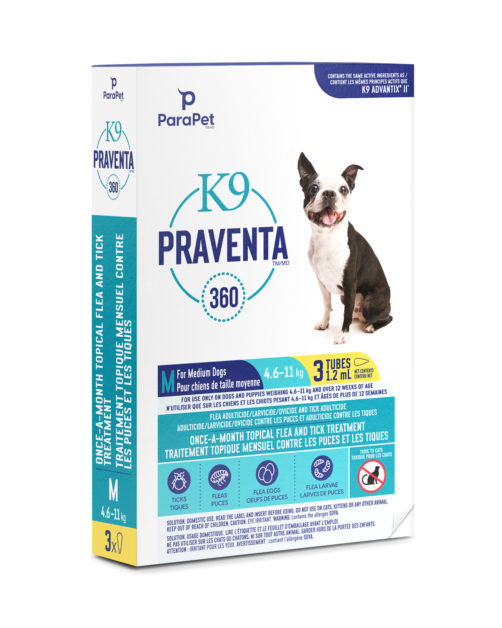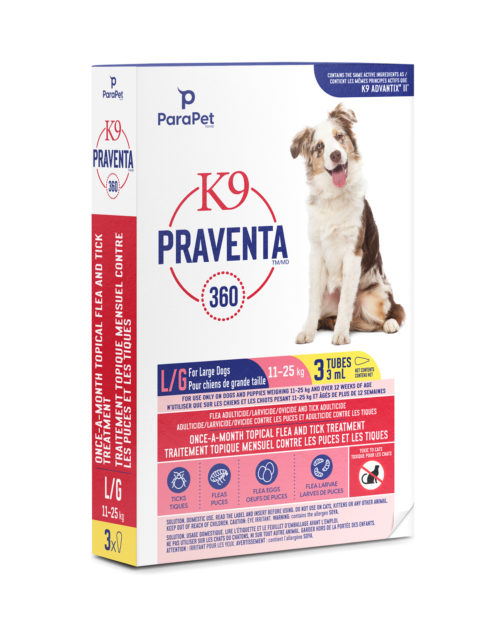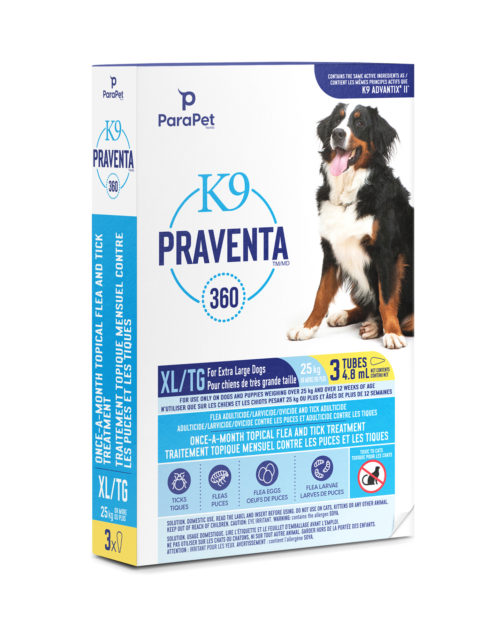While each season comes with its own set of challenges, winter is especially unique. The winter months can present a whole host of hazards that can be particularly harmful to your pet.
Exposure to the winter cold and chilly rain, sleet or snow can cause cracked chapped paws. Damp weather can aggravate your dog’s aches and pains. Sensitive ears and paws are highly susceptible to frostbite. Chemicals from ice-melting agents can cause your dog harm if ingested. These are just a few of the winter dangers that dog owners need to be aware of.
To help prevent the cold weather from affecting your pet’s health, here’s what you need to know to help keep your pet safe.
KNOW YOUR PET’S COLD TOLERANCE
Be aware of your dog’s tolerance to cold and adjust accordingly. Just like people, a pet’s cold tolerance can vary from dog to dog based on their coat, body fat stores, activity level and health. Here are some wintry weather realities to keep in mind:
- Even though the weather may be frigid, your dog still needs adequate exercise. In the case of extreme temperatures, you may want to consider taking shorter walks to protect both you and your dog from weather-associated health risks.
- Arthritic and elderly pets may have more difficulty walking on snow and ice and may be more prone to slipping and falling. The colder weather can also aggravate their arthritis, so be extra careful with dogs that suffer from this condition.
- Short-haired pets feel the cold faster because they have less protection. Short-legged pets may get cold faster because their bellies and bodies are closer to, and come in contact with, the snow-covered ground.
- Pets with health conditions such as diabetes, heart disease, kidney disease may have a harder time regulating their body temperature and may be more inclined to suffer problems due to temperature extremes. This is also true for very young or very old pets.
PETS SHOULD BE KEPT INDOORS
If it’s too cold for you, it’s probably too cold for your pet. It’s a common misconception that dogs are more resistant than people to colder weather because of their fur. But this is just not true. Like people, pets are vulnerable to frostbite and hypothermia and should be kept inside.
Longer-haired and thick-coated dog breeds that are bred for colder climates, such as huskies, may be more tolerant of icy temperatures; but no dog should be left outside for long periods in below-freezing weather.
Coats or sweaters can offer short-haired dogs protection from the elements during walks; and boots are also a good idea, no matter what breed of dog. Just make sure you allow your pet some time to get used to them.
CHECK YOUR PET’S PAWS
Salt and other de-icers can irritate your pet’s paws, while ice and snow build-up between their toes can cause potential frostbite. Check your dog’s paws frequently for signs of cold weather damage or injury such as cracked or bleeding paw pads.
Massaging petroleum jelly or other paw protectants into paw pads before going outside can help protect against chemical irritants. To lessen the chance of snow accumulation, try trimming the hair between your dog’s toes. Be on the look out for signs that your dog’s feet are uncomfortably cold, which could include your dog frequently lifting its paws, whining, or stopping. Consider buying dog boots to prevent paw irritation during winter weather.
WIPE DOWN YOUR PET AFTER EVERY WALK
During your walk, your dog’s feet, legs, and belly fur may come in contact with de-icers, antifreeze, or other chemicals. Not only can these chemicals irritate their paws, but they can be toxic if ingested. So, once you get back home, be sure to wipe down or wash these areas of your pet with a warm damp cloth to remove these chemicals and reduce the risk of your dog poisoning themself by licking it off their feet or fur.
FROSTBITE AND HYPOTHERMIA
Your dog may have fun playing in the snow, but it’s important to limit outdoor activities in the winter to help reduce the chance of frostbite and hypothermia.
When it gets cold, the body naturally pulls blood from the extremities to the internal organs to retain body heat. This is true for both humans and animals. In the case of your pet, it means that your dog’s ears, paws, and tail are more vulnerable to exposure and tissue damage, which can result in frostbite on these extremities.
Hypothermia can occur when your dog is exposed to cold for too long and tends to set in more quickly for small dogs and younger and older dogs.
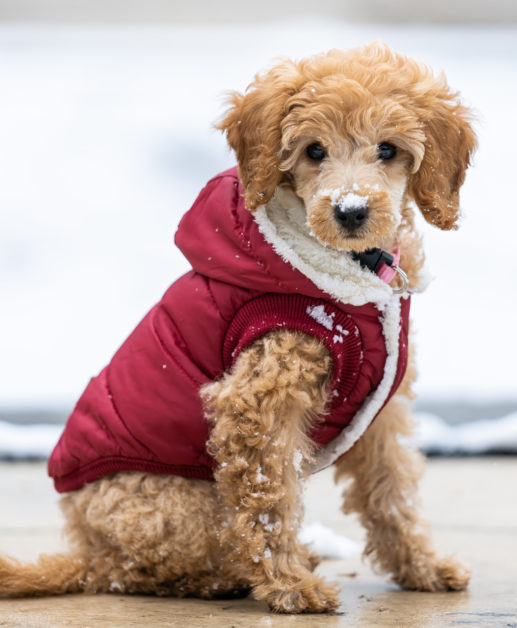
If your pet is whining, shivering, seems anxious, slows down or stops moving, seems weak or starts looking for warm places to burrow, get them back inside quickly because they are showing signs of hypothermia.
Try to keep the time spent outdoors to a minimum, and consider the use of sweaters, coats, and booties to help keep your dog warm.
DON’T LEAVE YOUR DOG IN THE CAR
Just as you wouldn’t leave your beloved pet in the car during the hot summer months, don’t leave your dog alone in a cold vehicle. Cars can act like a refrigerator, holding in the cold air and putting your pet at risk.
AVOID FROZEN BODIES OF WATER
When walking your dog, stay away from frozen ponds, lakes, and other bodies of water. You don’t know if the ice will support your dog’s weight and if your dog falls through the ice it could be deadly. Should this happen, and you instinctively try to save your dog, then both of your lives could be in jeopardy
MAKE SURE YOUR PET’S ID IS UP-T0-DATE
If your dog somehow manages to slip their leash and run off, be sure your dog is wearing their collar and current ID tags with up-to-date contact information. Many pets become lost in winter, especially if there’s a snowstorm, because snow and ice can hide recognizable scents that might normally help your dog find their way back home. If your dog is microchipped, ensure your contact information is correct in the microchip company’s database. If your dog is not microchipped, you might want to consider it, as it provides a more permanent identification solution.
PROVIDE SHELTER FOR OUTDOOR DOGS
It’s not recommended to keep any pet outside in cold weather for long periods of time. But if for any reason your dog needs to stay outside, then be sure to provide a warm solid shelter to protect them against the wind and cold. The shelter’s floor should be off the ground, and the inside lined with thick, warm bedding. The bedding should be changed regularly to provide a warm, dry environment. The door of the shelter should be positioned away from the wind, with a flap of waterproof fabric or plastic covering it to protect against drafts.
Outdoor dogs need more calories in winter to produce body heat, so increase the amount of food you feed your pet. Always ensure your dog has fresh, clean water and check the bowl regularly to ensure the water has not frozen over. Use plastic food and water dishes instead of metal ones to prevent your pet’s tongue from sticking to them
ROAD SAFETY – DANGERS IN THE DARK
Road safety is especially important in winter. In winter months, darkness comes early and if you’re walking your dog at night, especially in bad weather, drivers may not see you or dog until it’s too late. If you’re walking your dog in low light or darkness, consider a fluorescent jacket and collar for your pet. Additionally, you could also attach a flashing LED light to the leash to make your dog easier to spot.
